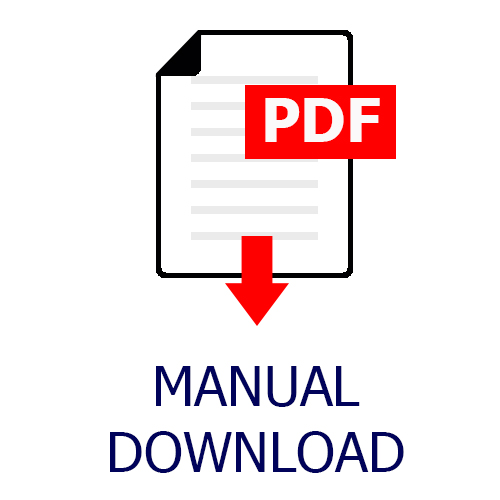 Overview
Overview Features
Features Resources
Resources
Drilling operations in the oil and gas industry require accurate predictions of hydraulics, which can be achieved with the help of PPSC Drilling cloud-based software. However, drilling fluids exhibit non-Newtonian behavior and undergo constant changes under different pressure and temperature conditions, making it challenging to estimate hydrostatic pressure and frictional pressure losses in pipes and annuli. This is particularly difficult when drilling extended reach wells with lateral lengths ranging from 1 to 2 miles, as it can lead to severe friction losses, high drag and torque, very high ECD, and high pump pressures and horsepower.
PPSC Drilling software provides a solution to these challenges by allowing users to design and optimize the hydraulic system during drilling operations. It offers a range of features, including designing Equivalent Static Density (ESD) and Equivalent Circulating Density (ECD) of drilling fluids for each casing hole, maintaining good hole cleaning, preventing barite sag, and estimating maximum anticipated pump pressure and pump horsepower. The software also predicts drag, hook load, and torque under static, tripping in and tripping out conditions for any wellbore trajectories, while providing a thorough casing design tool that allows users to set casing depths, select casing grade, and casing weight. PPSC Drilling software also allows users to optimize the drilling design and operations.
- Any wellbore trajectory in 2D and 3D
- Horizontal wells
- Cutting transport and cutting bed
- Pipe rotation
- Yield power law, power law, or bingham plastic models
- ESD and ECD
- Annular velocity
- Drag, hook load and torque; friction coefficient in fluid, casing or openhole analysis.
- Casing setting depth
- Selections of casing size, weight and grade
- Buoyant effects while running casings
- Drillstring design: BHA, mud motor, buckling, drag, hook load, and torque, …
- Mud pump and pump horse power
- Drilling bit: jet impact force, pressure drop across bits, hydraulic horse power.
- Optimization up to three variables (maximum 125 cases).




